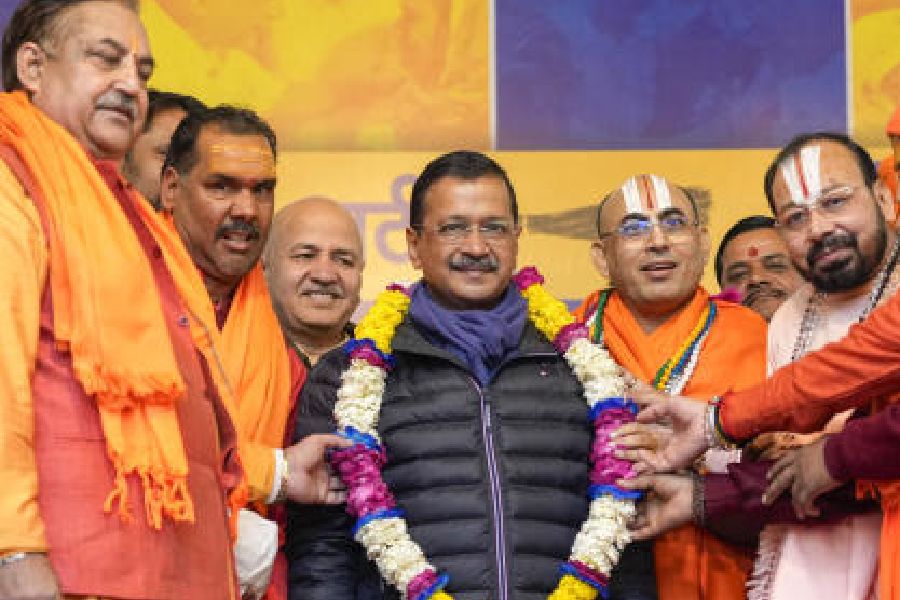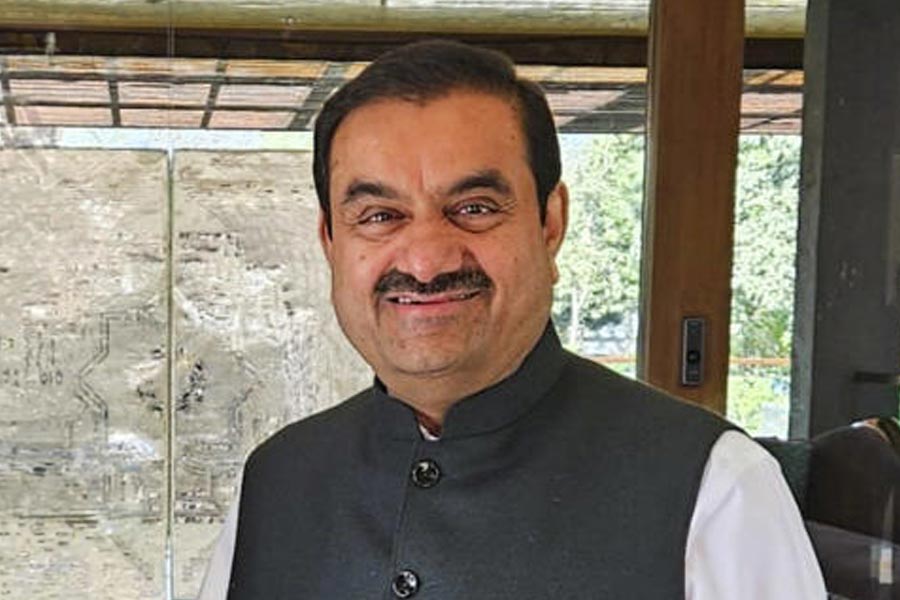Hakim Sameer Hamdani is a trained architect with a post-doctoral degree from the Massachusetts Institute of Technology. He is also the author of several books, including his latest, Shi’ism in Kashmir: A History of Sunni-Shia Rivalry and Reconciliation.
The first major event marking Kashmir’s transition to Islam came in the
14th century with the conversion at the hands of Uyghuri Sufi saint Bulbul Shah of
its Buddhist King Rinchan Shah, his queen Kota Rani, who later became the last female ruler of Kashmir, and her brother and then military chief Rawanchandra Raina, who happened to be the great-great-grandfather of Sheikh Hamza Makhdoom, later a foremost symbol of Sunni Islam in Kashmir.
Hamdani spoke to The Telegraph on the origins of Islam in Kashmir and its impact. Excerpts:
When did Islam become a mass religion in Kashmir?
It seems Shah-e-Hamdan (Iranian Sufi Mir Sayyid Ali Hamdani, widely seen as the founder of Islam in Kashmir who visited the place in the 14th century) did not leave a major impact on Kashmiri society during his time. But he started a process by which Iranian Sufis started coming here. He was already a Sheikh (head) of a major Sufi (Kubrawi) order which was the prime order in the Persian world.
His son Mir Mohammad Hamdani, who stayed here for 12 years, consolidated his image and that of Kubrawis and (those Sufis) helped transform Kashmir from a Sanskrit world to a Persian world, so much so it began to be called Iran-e-Sageer (Small Iran).
You can say that Shah-e-Hamdan laid the foundation of that process. I would say that the court elite by the latter part of the 15th century was totally Muslim. You don’t see Bhattas (Kashmiri Pandits) or Buddhists in the court of Hassan Shah (Shahmiri king). It seems by the end of the Sultanate (Shahmiri) period and the early years of the Mughal era (mid to close of the 16th century), conversions were still going on and it is possible Kashmir was a majority Muslim region by this time.
Are the earliest Sufis seen through the sectarian prism?
Among Muslims, there’s reverence for Mir Sayyid Ali Hamdani or Bulbul Shah, leave aside which sect they belonged to. So, in a way, they are unifying figures. I think once the Mughal period started (late 16th century), there was a creeping tendency to sort of disassociate, to claim solely to the exclusion of the other communities.
The initial friction was following the introduction of the Noorbakshis (led by Mir Araqi which had a certain Shia leaning) and the reception from the older Kubrawis (existing Sufi order). Some accepted it and some rejected it. It created a certain amount
of division within the religious elites.
It progressed by the time of Mirza Haider Dughlat (a Kazakh Sunni who briefly ruled Kashmir in the 16th century). He made it an official system. Both Shia and Sunni nobles revolted against Mirza Haider and killed him (some reports claim he
died after a warrior fired an arrow accidentally).
That saw a revival of a Kashmiri movement when both groups joined hands. Then during Chak rule (who ruled Kashmir after him and were converted to Shia faith by Araqi), the notion of ‘we are different from them’ became strong.
Were Mir Araqi and Sheikh Hamza really the foremost symbols of Shia or Sunni faith?
In the popular imagination, yes, to the extent that both have a very positive image in their communities and a very negative one in the other. They use contemptuous terms for one other.
Tazkiras (books of that time) say he (Hamza) saved Sunnis from the Shia (Chak) onslaught.
A section of the religious Sunni elite, including Baba Dawood Khaki (Hamza’s disciple), and Sheikh Yaqoob Sarfi openly sided with the Mughals (against Chaks — they reportedly sent a delegation to Emperor Akbar’s court to appeal for a military invasion of Kashmir).
How did this conflict play out over the centuries?
Mughal rule in Kashmir consolidated during Jahangir’s time. Shah Jahan’s period was the golden period of Kashmir’s Persian culture. Kashmiri Shias and Sunnis visited each other for knowledge. Almost all Subedars of Mughals, including Ali Mardan Khan and Zaffar Khan, were Shias. There was a coming together of the two communities.
The Afghan rule (late 18th to early 19th century) was a period when there were divisions. Historian Hassan Shah writes there was a sectarian riot every 40 years. During Dogra rule, you had the last major Shia-Sunni riot in 1872 or 73 but immediately after that, there was a gradual understanding that their Muslim identity was under assault under Hindu Dogra rulers and they started coming together.
Is the nomination of Aga Syed Ruhullah Mehdi (NC’s Shia candidate from Srinagar) a significant milestone and will it heal the divide?
Srinagar is the heart or capital of Kashmir’s identity and fielding him, no matter what the reasons for the party are, does send a strong and unifying message. It is the first time that a Shia candidate will need massive Sunni support to win.











